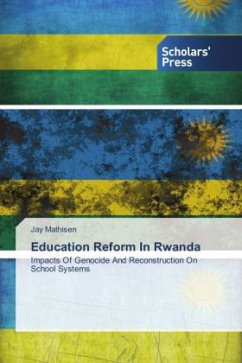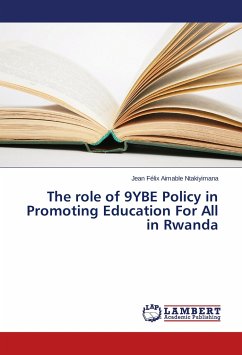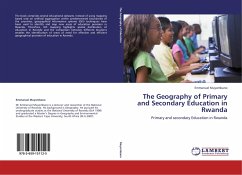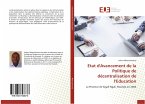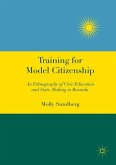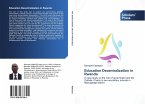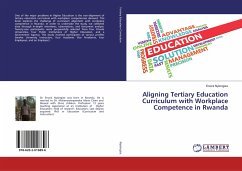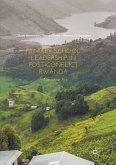The genocide of 1994 resulted in the immediate death of more than 800,000 people. The loss of more than 10% of the population of Rwanda in less than 100 days has been called the most ruthless genocide of modern times. In an effort to rebuild from the utter destruction of the violence, Rwandan officials and educators turned to their school system as a key leverage point in reconstructing a nation. On a continent struggling to move schools towards reform, Rwanda is a unique case. Three key initiatives form the framework for this historical dissertation: 1) student-centered pedagogy, 2) language, and 3) enrollment. Those three form the structure that has enabled Rwanda to rebuild and push ahead in efforts to establish an education system that will drive long-term development efforts from within.

